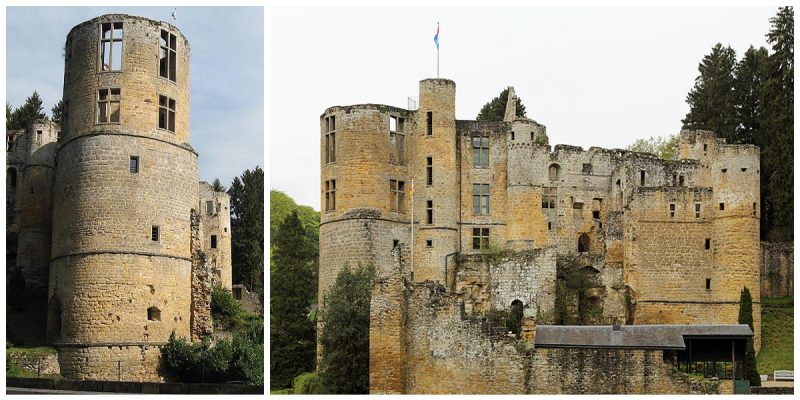Located in Beaufort, east of the town of Diekirch in Luxembourg, Beaufort Castle (locally also known as Burg Befort) was erected as one of the first European medieval castles. The castle dates from the 11th century and stands as the ruins of a medieval fortress which were originally protected by a large moat.
In 1192, Walter von Wiltz was mentioned as the first Lord of Befort. During the first half of the 12th century, a keep was added and the gate was moved and enlarged. Adding the keep was the first expansion of the Castle, but it kept expanding. In 1348, the castle came into the hands of The Lords of Orley, after Adelaide of Beaufort married William of Orley who made significant extensions and enlarged the castle considerably.
In 1477, after Johann von Orley-Beaufort had a little scandal (a “breach of trust” as it was called), Maximilian of Austria transferred the castle to a nobleman named Johann Bayer von Boppard. In 1539, the castle found itself in the hands of Bernard von Velbrück, who became Lord of Beaufort through marriage and added the large Renaissance wing with cross-framed windows on top of the medieval walls.
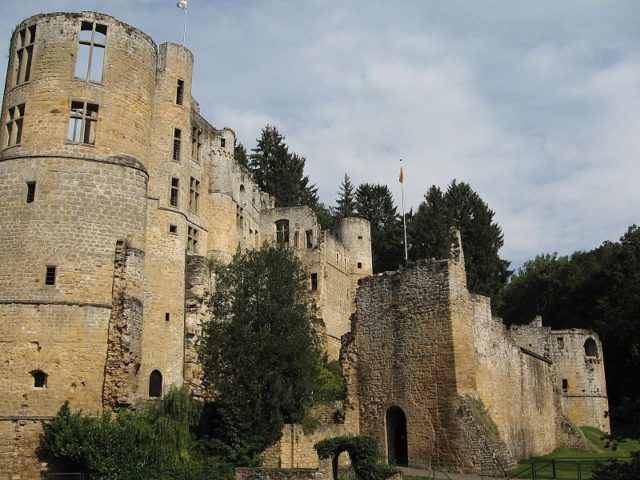
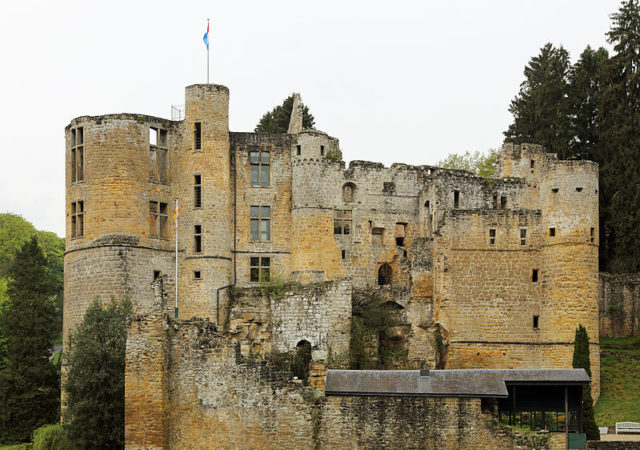
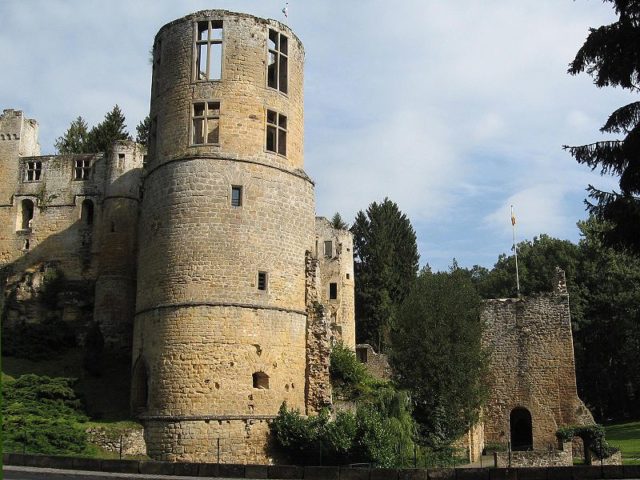
After Bernard von Velbrück, there were a lot of different owners of the medieval castle in Beaufort. One of them was Gaspard de Heu, who was known as a robber knight and a supporter of the rebelling Dutch. The castle was confiscated after his execution in 1593 and fell in the hands of many other noble people including Philip II of Spain, Peter Ernst Graf von Mansfeld, Henri de Chalon, Gaspard du Bost-Moulin, who had to sell it after being severely damaged in the Thirty Years War, one of the most destructive wars in European history, which lasted from 1618 to 1648 and claimed around eight million lives in total.
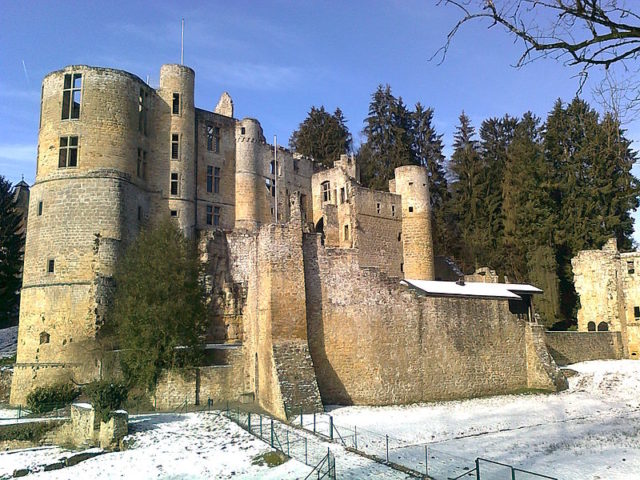
Acting on behalf of the Spanish king, Johann Baron von Beck, governor of Luxembourg, bought most of the property in 1639. He initiated the construction of the Renaissance castle in 1643, but after he died of injuries from the Battle of Lens in 1648, the work was completed by his son in 1649.
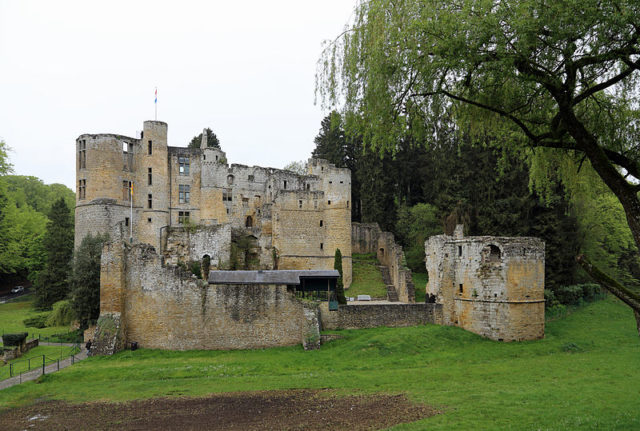
After various changes in ownership including Pierre de Coumont (1774) and Jean Théodore Baron de Tornaco-Vervoy (1781), the castle was abandoned and fell into disrepair. From the second part of the 18th century, the medieval castle is inhabited, and the inhabitants of Beaufort even used it as a quarry. As of 1893 Beaufort castle acquired a new look under the new owner Henri Even and his son Joseph Linckels. After WWI, both Henri and Joseph fixed the ruins of the medieval castle, expanded the sheep farm, repaired old walls, made new paths, After the Edmond Linckels’s death in 1975, his widow continued to live in the castle. Ten years later, she gave the whole property to the State of Luxembourg and as from 1932, the palace was open to the public.
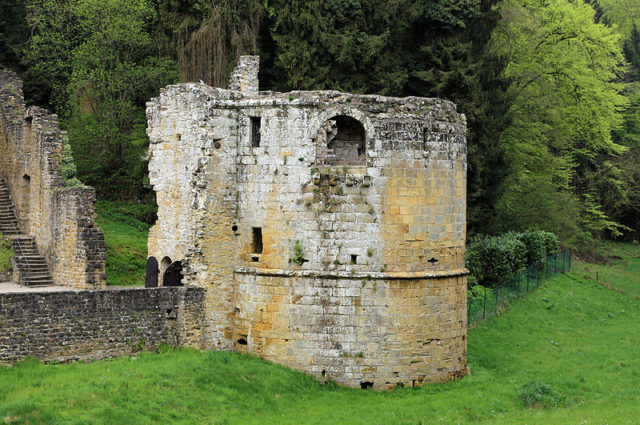
The castle has suffered a startling degradation. However, there is a certain ethereal beauty to the site, and it is recognized as a National Monument of Luxembourg.
The castle annually welcomes nearly 70,000 visitors. Who can explore it and learn its history?
